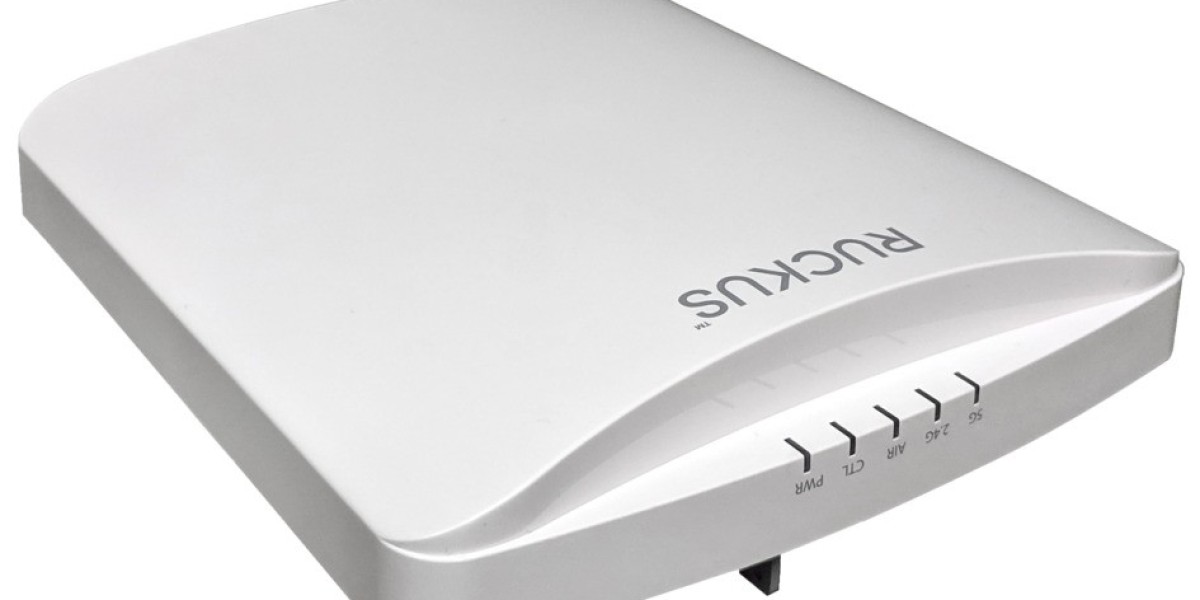Introduction to Converged Network Adapters (CNAs)
In the fast-paced world of IT, efficiency and performance are paramount. As businesses strive to streamline their operations, technology evolves to meet these demands. Enter the converged network adapter (CNA) — a game-changing innovation that combines multiple networking functions into a single device. This powerful tool simplifies your infrastructure and enhances data transfer capabilities.
Understanding how CNAs function can seem daunting at first. However, unraveling their potential will not only optimize your network but also save you valuable time and resources. Whether you're an experienced IT professional or just starting in the field, grasping the significance of converged network adapters is essential for staying ahead in today's competitive landscape.
Join us as we explore what CNAs are all about and how they can transform the way you manage your network infrastructure.
How CNAs Work with Different Network Technologies
Converged Network Adapter (CNAs) serve as a bridge between different network technologies, simplifying connectivity. They combine storage and data networking into one adapter. This integration allows for seamless communication across various protocols.
By supporting both Fibre Channel and Ethernet, CNAs enable efficient data transfer in diverse environments. This flexibility is crucial for organizations using virtualization and cloud services.
In environments with heavy traffic, CNAs optimize performance by reducing latency. They handle multiple types of data simultaneously without compromising speed or reliability.
Moreover, CNAs enhance scalability, making it easier to adapt to changing business needs. As new technologies emerge, these adapters can evolve alongside them.
The ability to unify disparate networks fosters better resource management while lowering overall costs for IT departments. With streamlined operations at their core, CNAs are invaluable assets in modern infrastructures.
Implementing CNAs in Your Network Infrastructure
Implementing CNAs in your network infrastructure can significantly enhance both performance and efficiency. When considering deployment, it’s essential to analyze your existing setup. Start by assessing the current networking architecture and identifying areas for improvement.
Choose a converged network adapter that meets your specific needs. Look for features such as virtualization support, bandwidth capabilities, and compatibility with existing hardware. Collaborate with vendors to ensure you select the right model tailored to your organization's requirements.
Next, plan a phased implementation approach. This allows for testing at each stage without disrupting ongoing operations. Monitor performance metrics closely during this transition period; adjustments may be necessary as you integrate CNAs into your systems.
Training is another vital aspect of successful implementation. Ensure that IT staff are well-versed in managing and troubleshooting these devices. Comprehensive training will empower them to handle any issues that arise swiftly.
Keep an eye on future scalability needs as technology evolves rapidly in the digital landscape. Building flexibility into your network infrastructure now can save significant headaches later on as demands increase or change over time.
Embracing Converged Network Adapters offers a streamlined solution for modern data centers aiming to optimize resources while maintaining robust connectivity across various applications.
For more info. Visit us:








